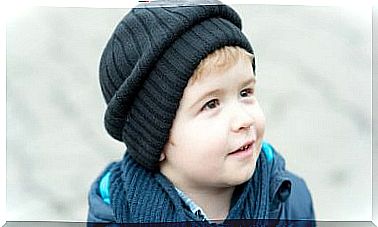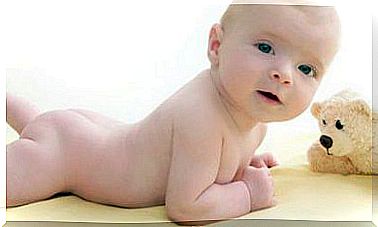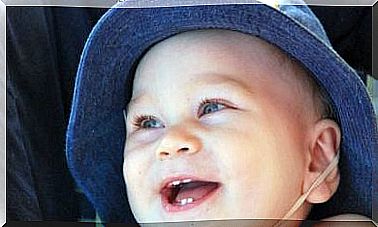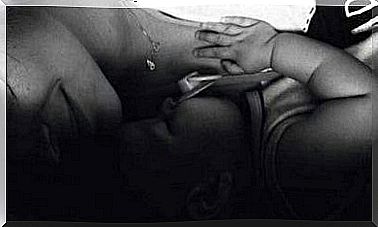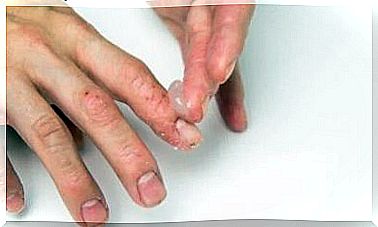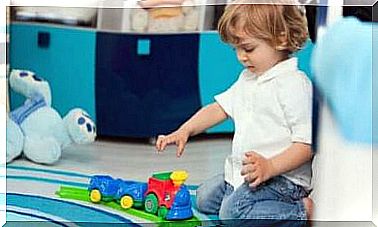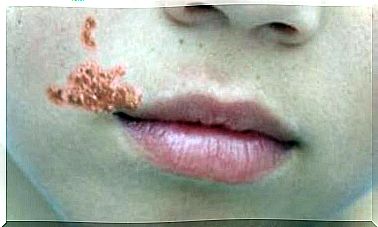Cleft Palate In Children: Everything You Need To Know
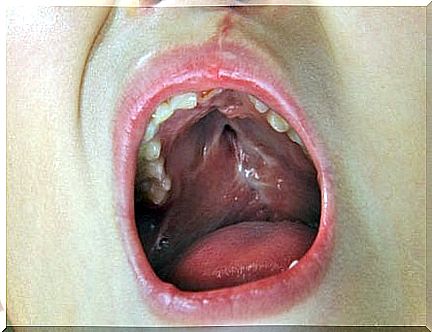
What is the cleft palate? How does it develop? In this article, we present the main characteristics and consequences of this disease that develops during pregnancy.
The structures of the palate can suffer malformations. The most common is cleft palate or cleft palate, a birth defect that makes it difficult to eat and drink. Although it tends to be confused with the cleft lip, they are not the same. However, both conditions develop in the early stages of pregnancy.
The cleft palate and cleft lip may present together or in isolation. The first manifests itself with a direct incision in the palate that reaches the nose. The second is reflected as an opening between the upper lip and the nasal cavity. Both require surgery to be corrected.
Cleft Palate Agents
This anomaly affects 1 out of every 700 children. Occurs when the tissues of the lip and palate do not join properly. Environmental and genetic factors influence its appearance. In addition, mutations were detected in genes susceptible to smoking, alcohol and the lack of vitamins that can influence it.
Heredity also intervenes, as does the consumption of certain medications. Those most at risk are those used to treat seizures, cancer, arthritis, and acne. Doctors also do not rule out that exposure to certain chemicals or viruses can trigger changes of this type.
On the other hand, it is estimated that there are 350 syndromes that include this defect in their clinical picture. One of them is Van der Wouder Syndrome (VWS), associated with alterations in the IRF6 and GRHL3 genes. When the causative allele is detected in the family, it is possible to make prenatal diagnoses.
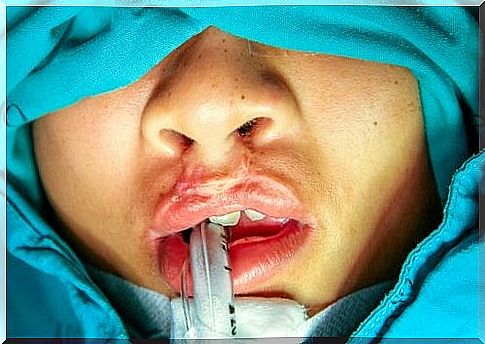
Diagnosis of cleft palate
If during pregnancy the upper jaw does not close as it should, the separation that distinguishes the cleft palate occurs. The “crack” can travel from the hard palate (front of the mouth) to the throat (soft palate). It can even extend into the nasal cavity or compromise the lip.
Unlike the cleft lip, this one is not as noticeable and cannot be detected with ultrasound. It is during childbirth when the doctor makes sure of the presence or not of the fissure. It can be very small or a large orifice that will trigger respiratory, food and expressive complications.
The persistent problem in babies with a cleft palate is their inability to generate a void in the mouth that facilitates sucking. Therefore, ingested fluids escape through the nose, causing regurgitations that increase the danger of suffocation. Ideally, use special bottles and operate as soon as possible.
Damage associated with the condition
A child with a cleft palate may show growth retardation, constant ear infections, and inability to communicate. As a result, you may face emotional and psychological conflicts. In this case, it is advisable to consult a child psychologist.
If there are cleft lip and palate, cosmetic damage becomes visible. There are obstacles in the formation of the dentition, misalignment in it and a high tendency to form cavities. Additionally, it can cause changes in the shape of the nose.
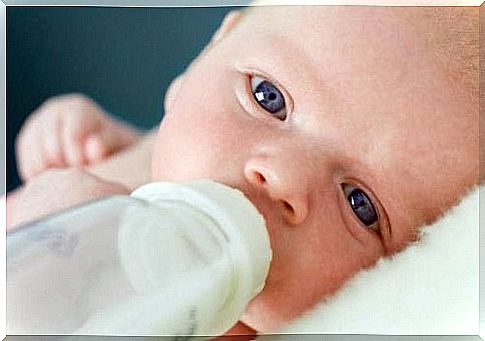
Even though all of this happens, it is important to assume that cleft palate is not a disease. With proper attention, the little one can lead a normal life. Until the time of surgery, it is necessary to keep it in an inclined position to avoid further complications.
Surgery to correct cleft palate
Surgeries to correct a cleft palate are delicate. It cannot always start in the third month, like cleft lip. Many must be done when they are one year old. Depending on the seriousness of the case, the number and type of operations to be carried out will be determined.
In general, it is necessary to close the hard and soft palate, fix the lip or nose, fill the gums, form bone structures and apply cosmetic corrections. The process can be slow and drawn out and patience is needed. If the hole cannot be completely closed, it is suggested to use a prosthesis or obturator to improve feeding.
Is it possible to prevent cleft palate? Adopting healthy habits during pregnancy and taking vitamins (folic acid and vitamin A) can help. However, because it is a birth defect, it is difficult to avoid. The key is to understand that it is not a serious condition and that it has a solution.

